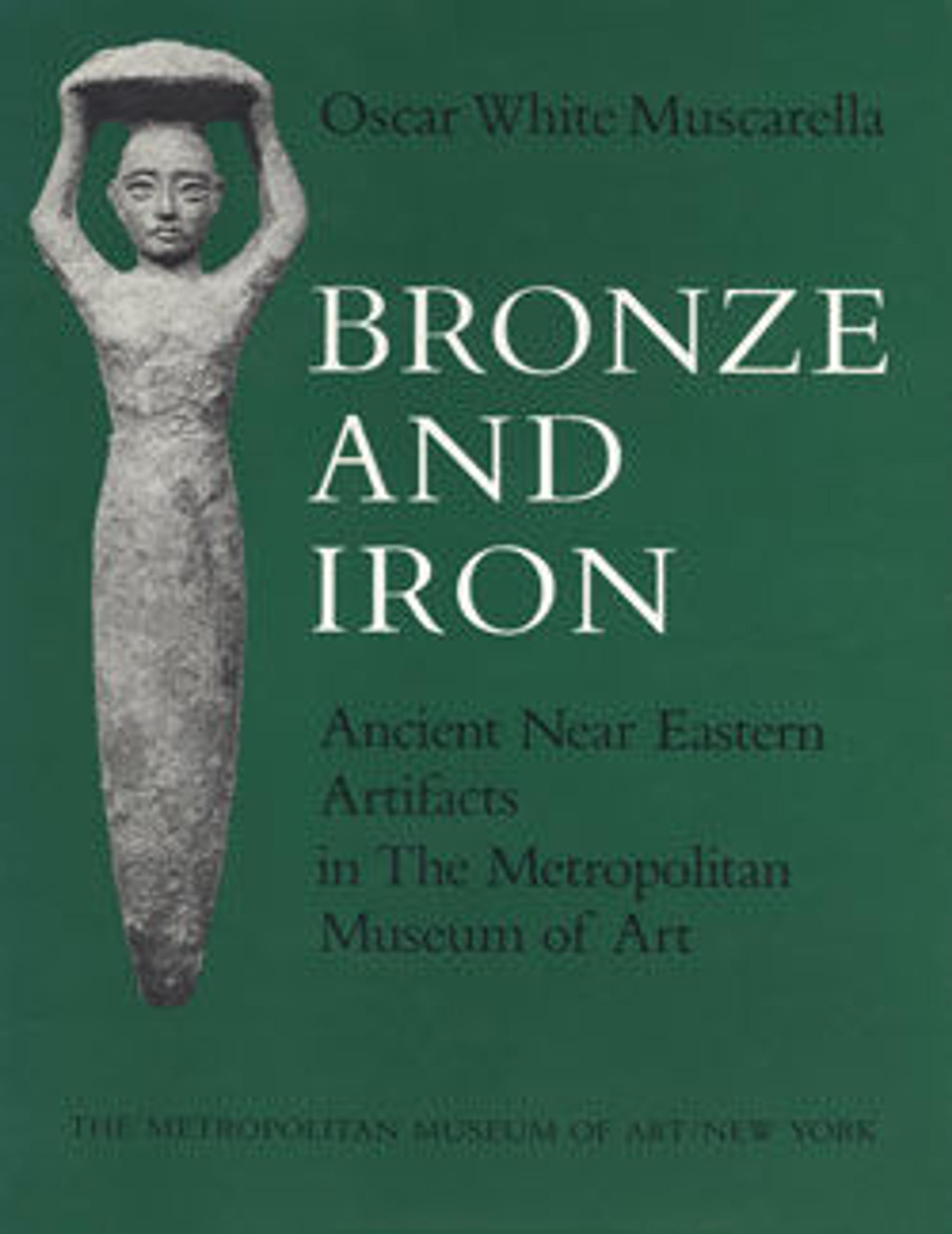Armor scales
These three rows of overlapping iron scales, now badly corroded, are attached to a poorly preserved leather backing. They were once part of a piece of armor, most likely a breastplate. According to the Greek historian Herodotus (7.61.1), the Persian soldier’s in King Xerxes’ army in 480 B.C. wore armor ‘looking like the scales of a fish.’ They were excavated at the Tall-i Takht at Pasargadae, about 55 miles northeast of Shiraz, Iran. Pasargadae was founded by Cyrus the Great (reigned ca. 550-530 B.C.) as the first capital of the Achaemenid Persian Empire. The Tall-i Takht is an elevated platform that was presumably intended as the site of Cyrus’ palace. In later years it served as a fortified citadel, and these scales probably date to this period of later use.
Artwork Details
- Title: Armor scales
- Date: ca. 4th century BCE
- Geography: Iran, Pasargadae
- Culture: Achaemenid
- Medium: Iron, leather
- Dimensions: 2.76 x 5.28 in. (7.01 x 13.41 cm)
- Credit Line: Purchase, H. Dunscombe Colt Gift, 1978
- Object Number: 1978.93.15
- Curatorial Department: Ancient West Asian Art
More Artwork
Research Resources
The Met provides unparalleled resources for research and welcomes an international community of students and scholars. The Met's Open Access API is where creators and researchers can connect to the The Met collection. Open Access data and public domain images are available for unrestricted commercial and noncommercial use without permission or fee.
To request images under copyright and other restrictions, please use this Image Request form.
Feedback
We continue to research and examine historical and cultural context for objects in The Met collection. If you have comments or questions about this object record, please contact us using the form below. The Museum looks forward to receiving your comments.
